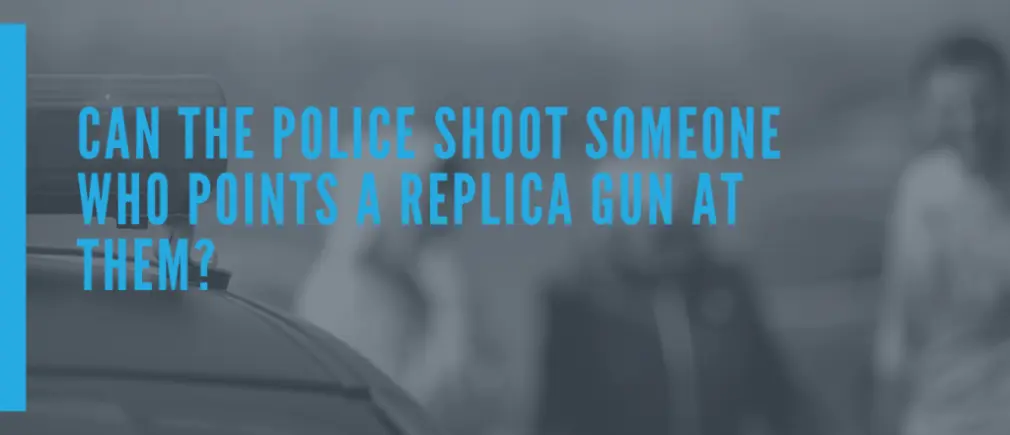|
|
Last Modified on Dec 16, 2024
Recently, the Ninth Circuit Court of Appeals addressed this issue in Strickland v. Nevada County
On December 26, 2019, Gabriel Strickland was arrested and detained at a correctional facility in Nevada City, California by the Nevada County Sheriff’s Office and Wellpath Management, Inc., a contractor providing medical services at the facility. After a physical and mental assessment indicated the need for urgent mental health evaluation, Strickland was held for several days. His mental state was observed as problematic, but further evaluation was not conducted. Strickland had previously been diagnosed by Wellpath with bipolar disorder, PTSD, and anxiety disorder in 2016. After a pretrial release hearing on December 30, 2019, he was released.
On January 1, 2020, police encountered Strickland, who was carrying an airsoft rifle in public. Despite the officers recognizing Strickland as a homeless individual with mental health issues recently released from custody, no superior officers or mental health professionals were contacted for assistance. When the police attempted to confront Strickland, he pointed the BB gun at the officers and failed to obey their commands to drop the weapon. After a failed taser attempt to disarm Strickland, Officers Tripp, King, and Hooper fired at him, resulting in his death.
A year after the incident, Strickland’s family and estate sued the officers involved, their respective departments, Nevada County, the City of Grass Valley, and Wellpath under 42 U.S.C. § 1983 and state law for excessive force and deliberate disregard of Strickland’s mental health needs. However, the case was dismissed at the district court under Federal Rule of Civil Procedure 12(b)(6) for failure to state a plausible claim to relief. This dismissal was subsequently appealed to the Ninth Circuit Court of Appeals.
The Fourth Amendment of the United States Constitution prohibits the unreasonable seizure of individuals, and this includes the use of excessive force by law enforcement officers. The concept of reasonableness is crucial in assessing the constitutionality of a seizure, and it takes into account the fact that police officers often have to make split-second decisions in challenging situations.
The Supreme Court case of Graham v. Connor (1989) established that the reasonableness of a seizure, particularly the use of force, should be evaluated under the “totality of the circumstances.” Several factors were identified in Graham to assess reasonableness, including the type and amount of force used, the severity of the alleged crime, the threat posed by the suspect, and whether the suspect was actively resisting arrest.
However, the list of factors provided in Graham is not exhaustive, and other relevant considerations can be taken into account. These may include the availability of less intrusive alternatives, whether proper warnings were given, and whether it was evident to officers that the individual involved was emotionally disturbed.
Strickland was known to be homeless and mentally ill, and he was not suspected of committing a serious or dangerous crime. The officers failed to employ de-escalation techniques and used deadly force, ultimately killing him. The critical question in this case is whether the immediacy of the threat Strickland posed justifies the use of lethal force.
The most crucial factor in assessing the reasonableness of the force used is whether the suspect posed an immediate threat. The court relies on prior decisions to determine the reasonableness of lethal force responses to perceived threats. At one end of the spectrum, when a suspect points a gun at officers, the use of deadly force is typically considered justified. On the other hand, the Constitution does not allow the use of lethal force to seize an unarmed, non-dangerous suspect.
The Ninth Circuit recognized that Strickland was carrying a replica gun that resembled a real firearm, and he ignored multiple commands to drop it. The Court went on to hold that the officers perceived an immediate, deadly threat when he pointed the replica gun at them, and their use of lethal force was deemed objectively reasonable, despite later discovering it was a replica.
The court also concluded that the district court was justified in denying the Estate leave to amend the complaint, as the existing allegations sufficiently establish that the use of lethal force was objectively reasonable, and further amendments would be futile.
Overall, the court’s analysis emphasizes the importance of evaluating the totality of the circumstances, considering objective factors in determining the reasonableness of the use of force by law enforcement officers.
Ultimately, the Ninth Circuit found that based on the allegations, the deployment of lethal force by the officers was objectively justified, considering the totality of the circumstances. Therefore, the dismissal of the excessive force claim brought by the Estate is affirmed (Graham, 490 U.S. at 396–97).





